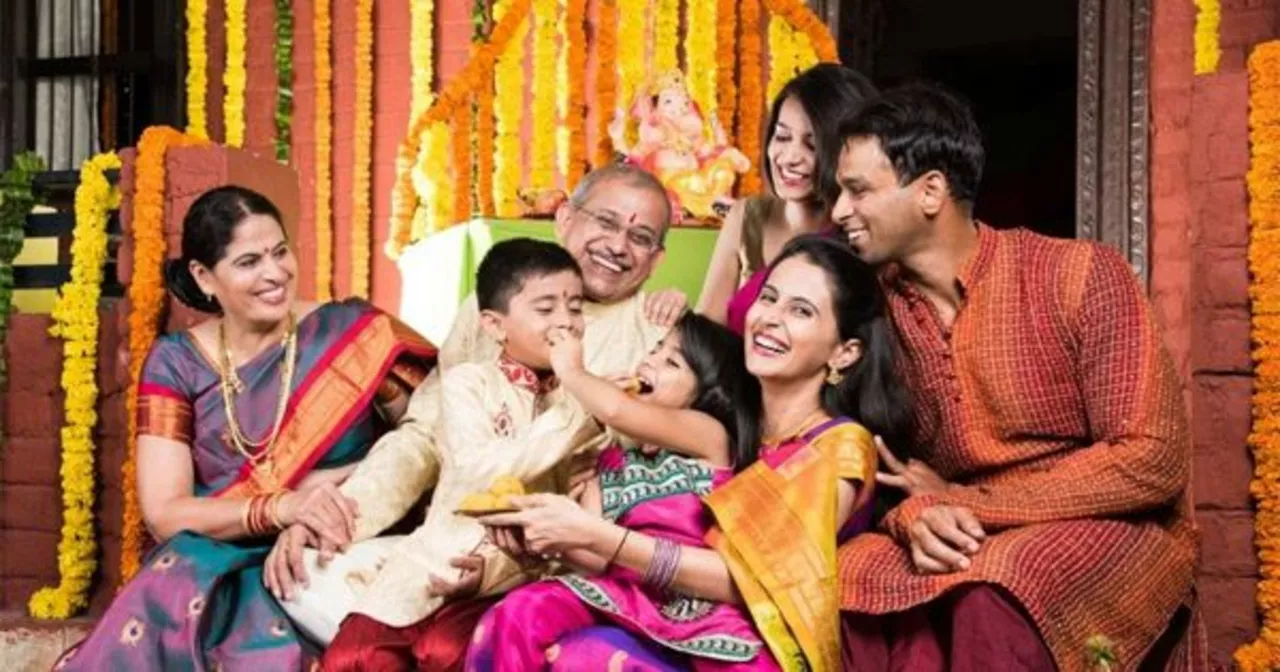Indian Family Life: What to Expect and How It Works
Ever wondered how families in India get through the day? It’s all about togetherness, respect, and a dash of tradition. Most Indian homes still follow the joint‑family model, where grandparents, parents, kids, and sometimes cousins share one roof.
In a joint family, the kitchen becomes the heart of the house. Meals are cooked in big pots, and everyone pitches in—someone chops vegetables, another sets the table, and the elders sit back and enjoy the chatter. Food isn’t just fuel; it’s a way to bond and pass down recipes.
Living Arrangements and Daily Routines
Space is usually divided by generations. The older generation often has a separate room or a small apartment within the same building. This setup gives them privacy while keeping them close enough for daily visits. Younger parents manage the kids’ school routine, homework, and extracurricular activities, while grandparents help with bedtime stories or early morning prayers.
Decision‑making follows a clear hierarchy. Major choices—like buying a house or planning a marriage—are discussed with the eldest male, known as the patriarch, or the eldest female in matriarchal families. Their opinion carries a lot of weight, but younger members also voice ideas, especially when it comes to tech or career moves.
Celebrations, Respect, and Modern Shifts
Festivals are the biggest showcase of Indian family life. Whether it’s Diwali, Holi, or Eid, families gather, decorate the house, exchange sweets, and perform rituals together. These events reinforce the value of unity and give each member a role—someone lights the lamps, another prepares sweets, while kids help with decorations.
Respect for elders isn’t just a phrase; it’s practiced daily. Kids call grandparents “nana,” “dadi,” or “grandma” and often seek their blessing before big steps. In return, elders share stories, teach moral lessons, and sometimes even help with modern tasks like using a smartphone.
Modern life is nudging some changes. Many young adults move to cities for jobs, leading to smaller nuclear families. Still, they stay connected through weekly video calls, shared meals on holidays, and even quick visits on weekends. Technology has become a bridge, not a barrier.
Education is another area where tradition meets modernity. Parents push for strong academic performance, but they also encourage cultural lessons—learning classical music, dance, or languages like Sanskrit and Hindi. This blend helps kids stay rooted while preparing for global opportunities.
Financially, families often pool resources. A common practice is a “family fund” where each member contributes a portion of their income. This pool can cover emergencies, wedding expenses, or even a surprise trip for the grandparents.
While the joint family might seem crowded, many Indians see it as a safety net. It offers emotional support, shared responsibilities, and a sense of belonging that’s hard to find elsewhere.
So, if you’re curious about Indian family life, expect a mix of bustling kitchens, respectful dialogues, colorful celebrations, and a growing openness to new ideas. It’s a living tapestry where every thread—old or new—adds strength and color.

What is family life like in India?
Family life in India is deeply rooted in tradition and cultural values. It is common to see extended families living together, with grandparents, parents, and children all under one roof, supporting and caring for one another. The family's hierarchy and respect for elders play a significant role in decision-making and daily life. Family bonding, love, and unity are considered very important, and a lot of emphasis is placed on togetherness during festivals and special occasions. Overall, Indian family life revolves around a strong sense of community, prioritizing family values and nurturing relationships.
Read More